Germany 1800 How Were Architectural Drawings Made?
How does a building go from a designer's imagination to a iii-dimensional reality? How does a complicated structure with so many parts, materials and workers come together? The reply is in the history of blueprints.
In today'due south construction industry, before annihilation is built, information technology's dreamed, drawn and planned in the form of blueprints. These documents are truly the foundation of any construction project merely they have been effectually for some time now. So, where did blueprints originate from and where are they evolving today? From the start of medieval drawings to the digital documentation sweeping today'south construction industry, below we'll explore how the history of blueprints has evolved over centuries as well as where the time to come of these disquisitional design documents is going.
Early Beginnings in Medieval Drawings
Before blueprints evolved into their modern form, expect and purpose, drawings from the medieval times announced to be their earliest formations. The Program of St. Gall, is i of the oldest known surviving architectural plans. Some historians consider this 9th century drawing equally the very beginning of the history of blueprints. Mysteriously, the monastery depicted in the drawing was never actually built. And so, a group in Germany is using this cartoon, along with period tools and techniques, to larn more than about architectural history. Y'all tin view a detailed diagram and models based on the plan hither.
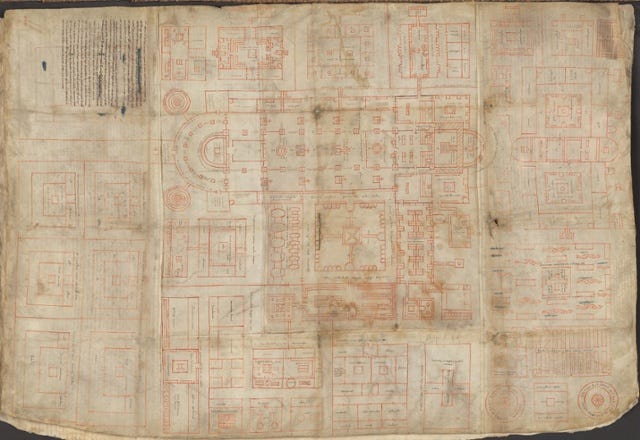
Renaissance Drawings
The documents that emerged from the Renaissance era look more like modernistic blueprints than the ones from the Medieval Menstruum. In fact, architect and engineer Filippo Brunelleschi used the photographic camera obscura to copy architectural details from the classical ruins that inspired his piece of work. Today, Brunelleschi is considered to be the father the mod history of blueprints. The architects of the Renaissance period brought architectural drawing as we know it into beingness, precisely and accurately reproducing the detail of a structure via the tools of scale and perspective. At the fourth dimension, this was a highly time intensive and specialized job, often done by dedicated draftsmen.
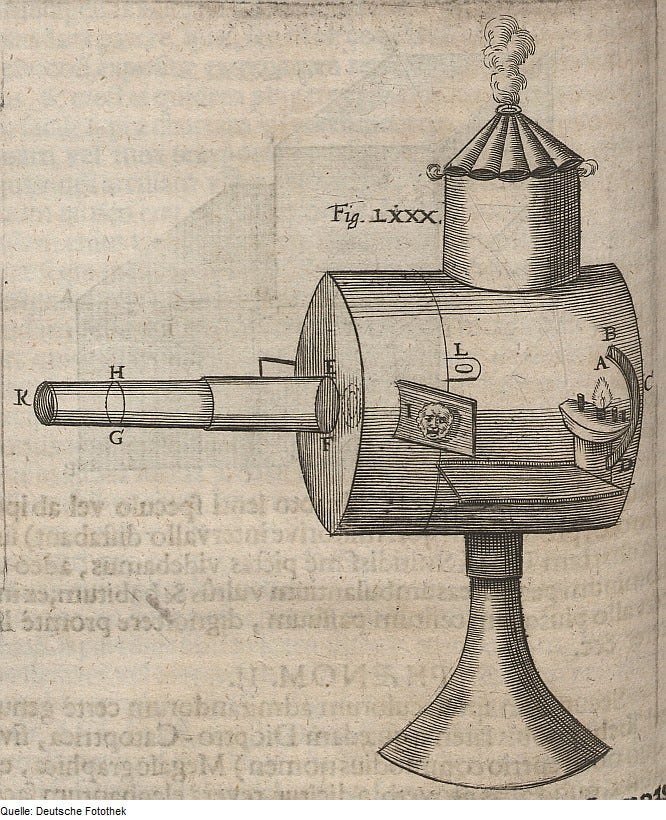
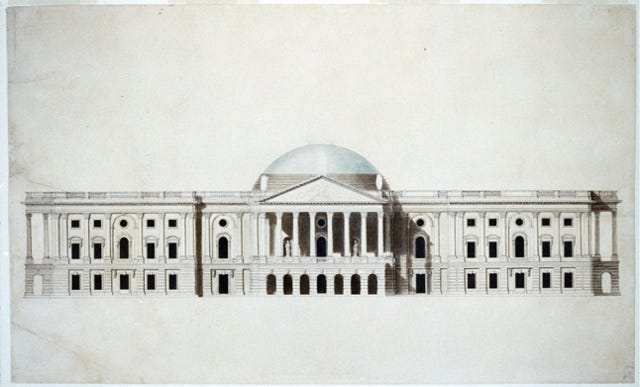
Early on Modern Drawings by Draftsmen
Until the mid 19th century, architects relied on skilled draftsmen to faithfully copy their drawings for distribution. Withal, enter the era of specialized architectural tools and draftsmen were and so able to produce drawings more accurately and more productively. Myriad specialized instruments used for copying lines, curves, and arcs, from the French curve to the set square and the bow compass, were the tools of the draftsman's trade.
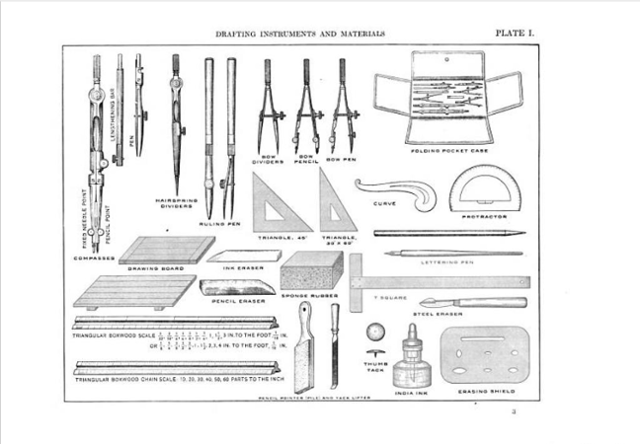
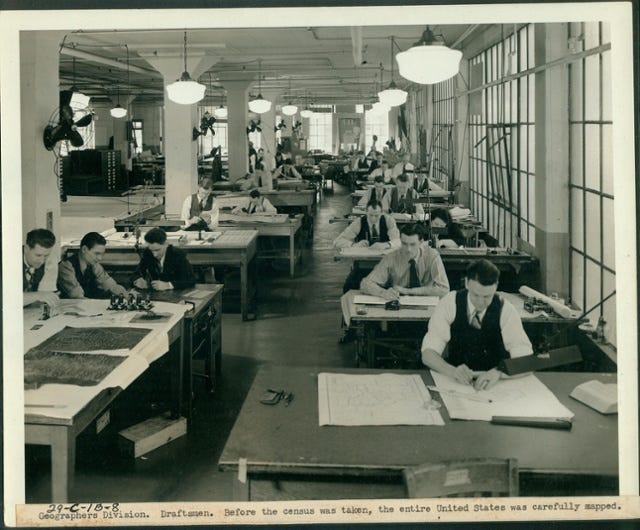
How the Blueprint Became Blue
Ever wondered where the "blue" came from in blueprints? These documents actually obtained their trademark blue in 1842 when John Herschel discovered the cyanotype procedure. Artists and scientists quickly adopted this new fashion to reproduce notes, efficiently and at a lower cost than previous methods available. Preserving the silhouette of leaves, ferns and other botanical samples were easier than ever.
Using the cyanotype process, an architectural cartoon was made on a semi-transparent paper, then weighted down on top of a sheet of paper or cloth that was coated with a photosensitive chemical mixture of potassium ferricyanide and ferric ammonium citrate. In the concluding stages, the document was exposed to lite. The exposed parts of the drawing (the background) became bluish, while the cartoon lines blocked the coated paper from exposure and remained white.
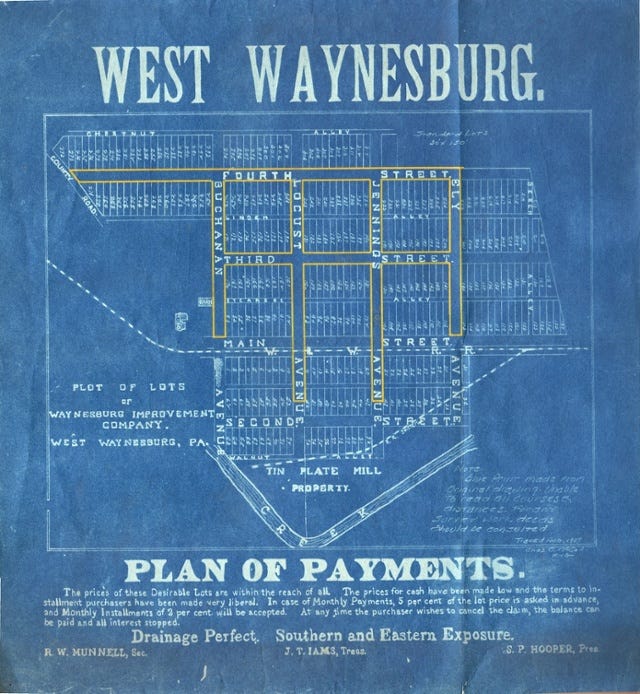
The Evolution of Midcentury Design Drawings
While draftsmen all the same copied drawings into the modernistic menstruum, a variety of chemical and mechanical processes for reproducing architectural drawings developed out of the 19th and 20th centuries. The diazo process replaced cyanotype as the dominant press process for most of the 20th century. Instead of a blue sheet with white lines, the process produced a white print with bluish lines, and was also known as a "blueline" drawing or "whiteprint". Diazotypes used a similar chemical process to the cyanotype. A drawing was made on mylar or another translucent surface, placed on chemically coated paper, and exposed. The American Found for Conservation lists fourteen dissimilar types of processes for reproducing drawings they discovered while conserving the New York Botanical Garden Library's collection of drawings. This list is a basically a summary of the history of blueprints in the midcentury:
- Aniline prints
- Cyanotypes
- Diazotypes
- Electrostatic prints
- Ferrogallic prints
- Gel-lithographs
- Hectographs, (handmade)
- Pellet prints
- Photostats
- Sepia prints
- Argent halide prints
- Stencil duplicating (mimeographs)
- Spirit duplicating (hectographs, machine fabricated)
- Van Dyke prints
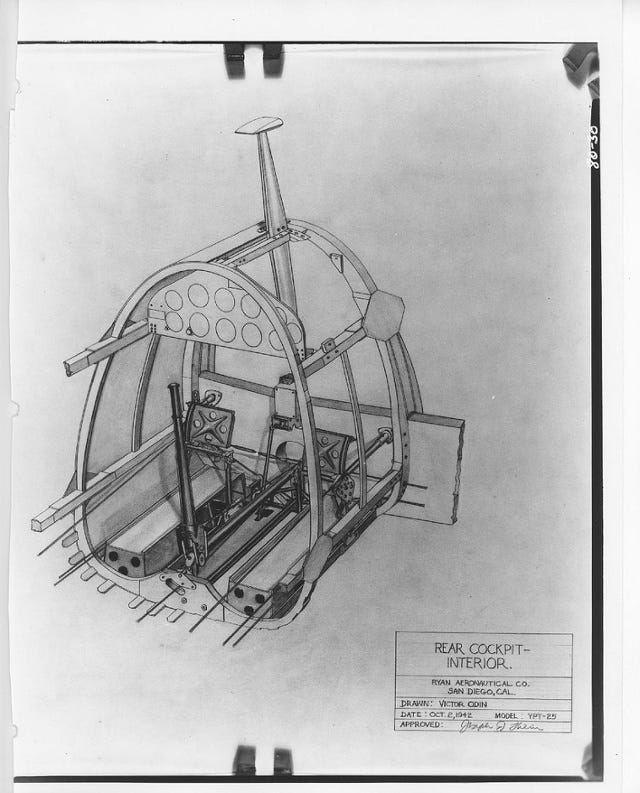
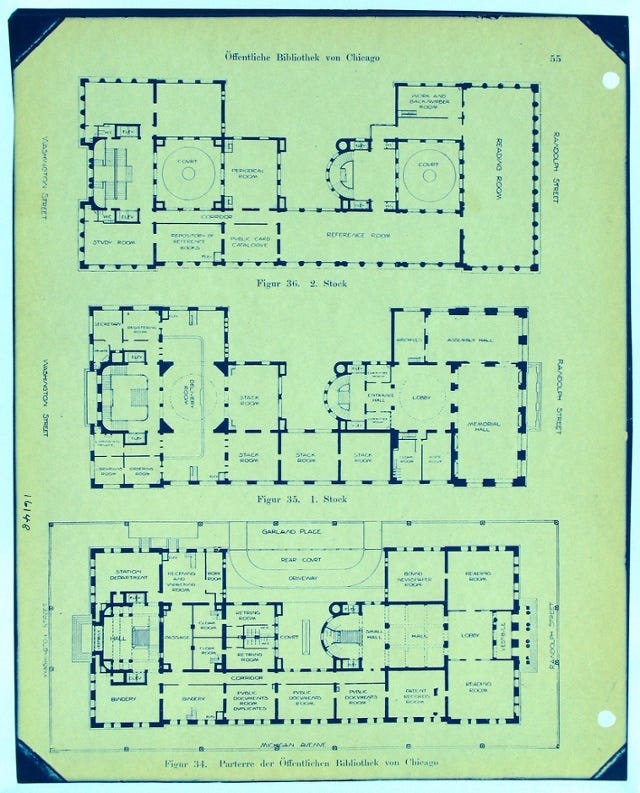
CAD Drawings
The end of the 20th century saw the development of calculator-aided drafting (CAD) engineering science and large-format press processes that made the reproduction of multiple accurate copies of the architect's original design easier than always. Although producing documents was never easier, along with the ability to impress to newspaper with ease came a document management nightmare. Now, offices were filled with massive reels of blueprints. On a newspaper-based arrangement, each time a change in a construction plan was implemented, outdated documents need to exist replaced. As a upshot, a huge drain on manpower and resources is created, not to mention the inevitable rework needed when an outdated fix slips through the cracks.
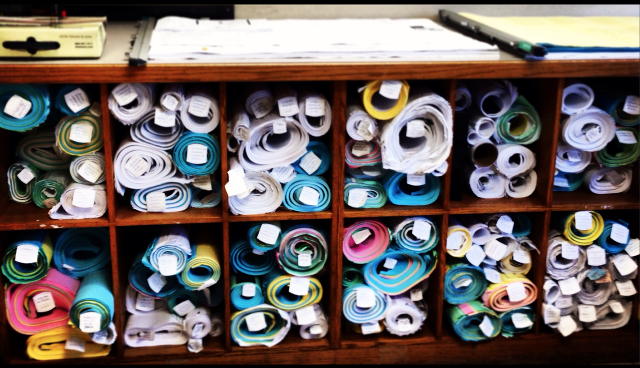
Inbound the Digital Age in the History of Blueprints with Digitalization
Today, the blueprint of the future is digitally based. Although the structure industry is notwithstanding widely paper-based, this is irresolute quickly. Now, with cloud-based document control solutions, digital drawing files are distributed instantaneously from office to the field. Users can upload plans to construction deject software solutions, like PlanGrid, and automatically sync to all the individual tablets of project collaborators. Software that includes features like automatic version command replaces what used to take hours of project engineer'south time. At present, construction workers no longer waste time manually unbinding reams of blueprints or physically leafing-in revisions sheet by sheet. All project members have benefited from digital design management systems, from the architects and blueprint teams to the field workers on the ground. Chasing downwardly foremen and superintendents to hand them a newspaper copy of the latest updates is rapidly becoming a thing of the by.
Digitalization is truly the next chapter in the history of blueprints. If you and your visitor have non evolved with modern plans, the time is now.
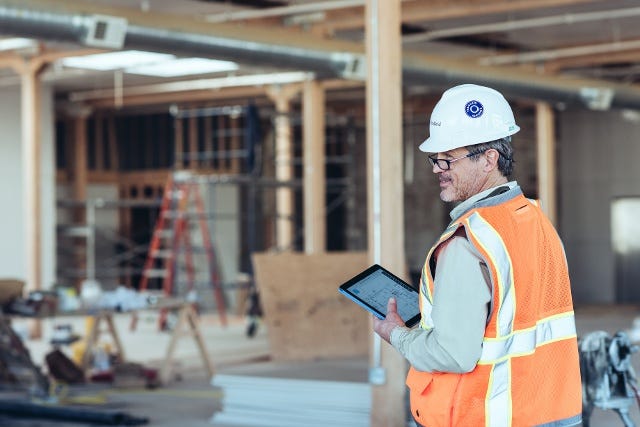
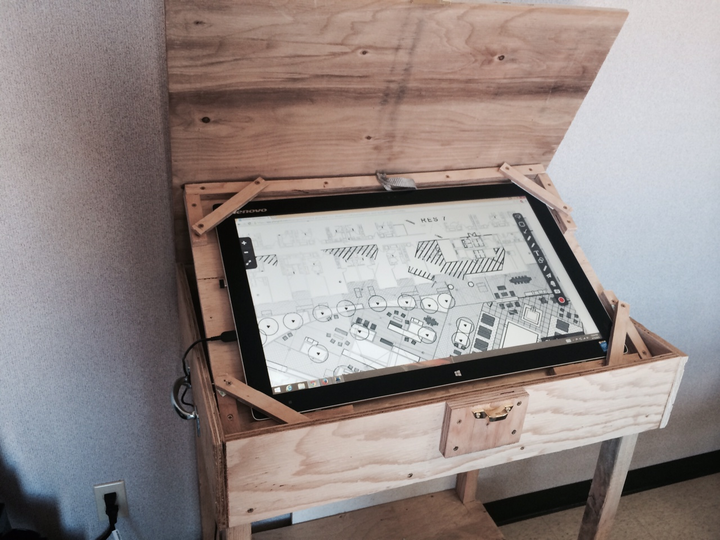
![]()
PlanGrid
Germany 1800 How Were Architectural Drawings Made?,
Source: https://blog.plangrid.com/2016/04/the-history-of-blueprints/
Posted by: solomonstrel1937.blogspot.com


0 Response to "Germany 1800 How Were Architectural Drawings Made?"
Post a Comment